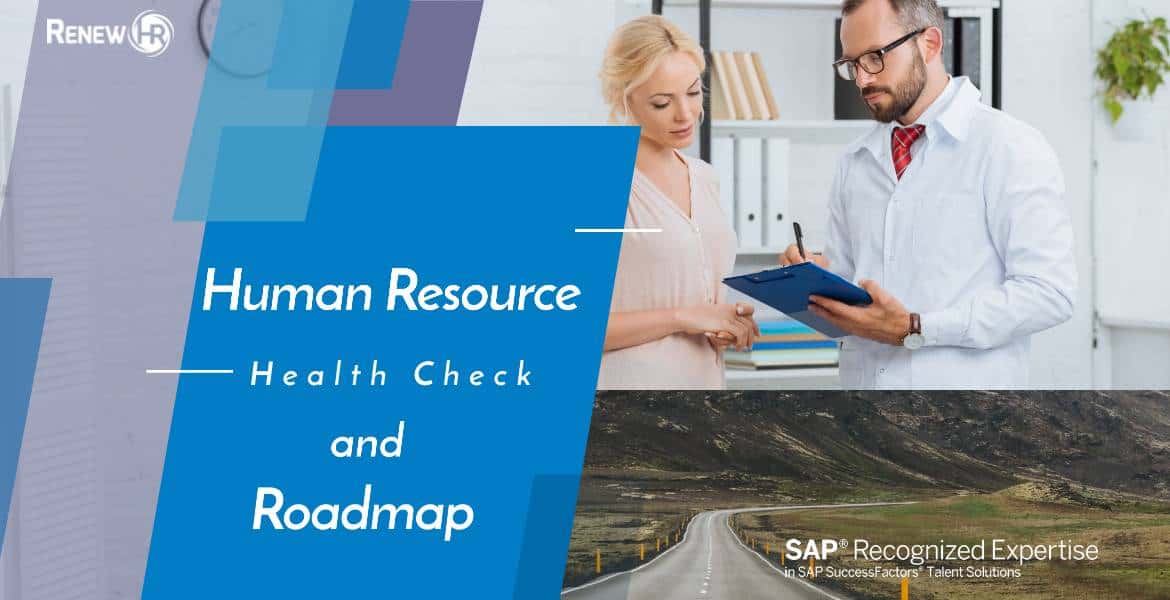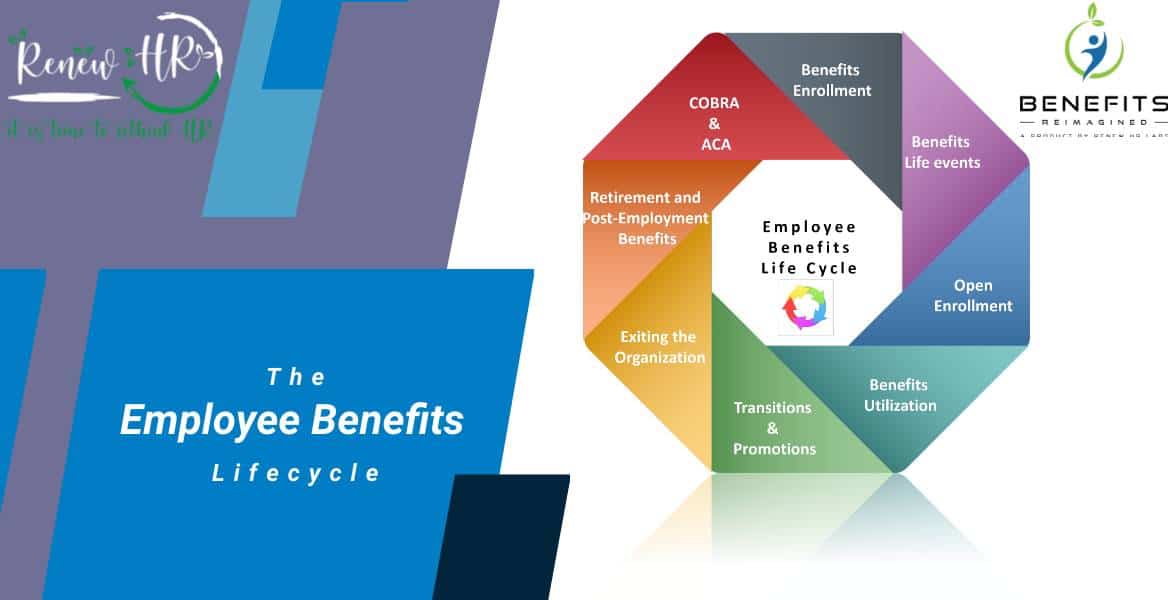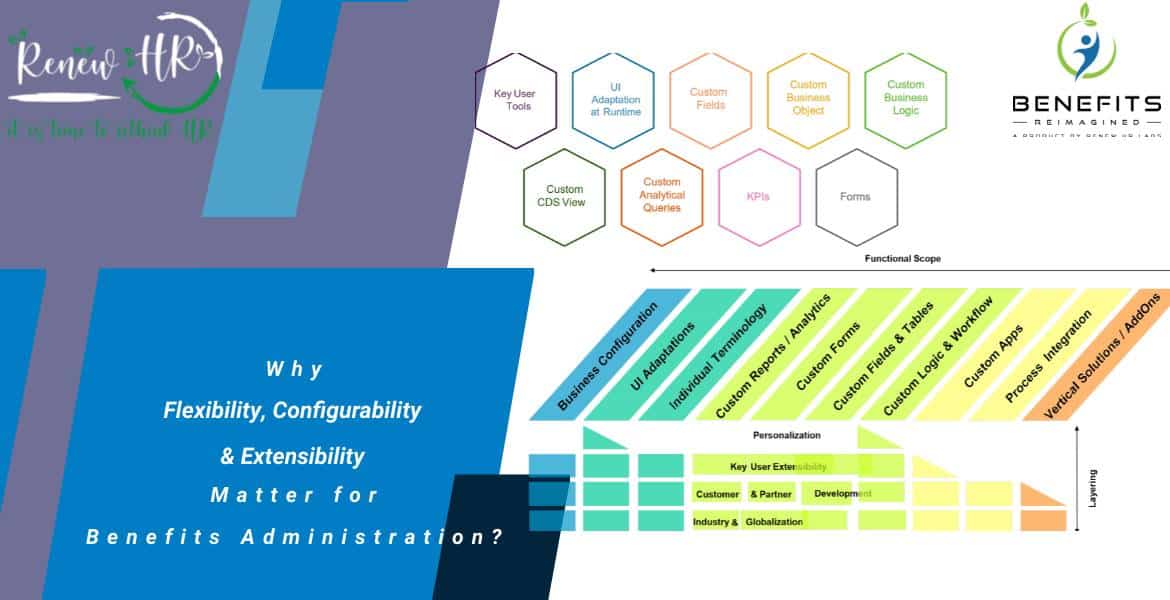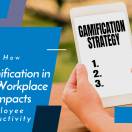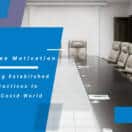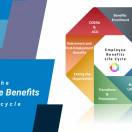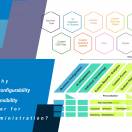Contents
Significance of Doing an HR Health Check / HR Audit for Your Organization
HR Health Check or HR Audit may be best described as a holistic overview of a client’s existing HR processes. It includes systems, organizational roles and responsibilities, service delivery, and UX.
HR Health checks or HR Audits can be run using several different methodologies, including but not limited to, diagnostic questionnaires, interviews, surveys, and workshops together with business and IT stakeholders.

Companies keep moving away from long and lengthy ERP HR/On-Premise implementation cycles, adopting the best-in-class, agile SaaS models instead. Although these systems offer great opportunities, many-a-times, these moves are short-sighted and run the risk of implementation without full comprehension.
Companies tend to miss out on the lessons learned during the implementation of ERP HR/ On-Premise systems in the past and focus solely on quick implementation.
Understanding the past
It is crucial to understand the past processes, everything from what worked, what didn’t, and what were the reasons behind the outcome. It is also important to note that every organization is different. Therefore, what worked for a particular organization might not work for another organization.
The next question that arises in the mind of a customer is, ‘Why is there a need to concern themselves with what they did a decade back when moving towards the latest best-in-class SaaS-based system, namely SuccessFactors?’ If the market hype is to be believed, the latest systems are capable of predicting and resolving all the problems a system might encounter within a five to twenty-week period.
Unfortunately, no business transformations are this simple. A straightforward way to gauge whether your system can benefit from an HR Health Check/HR Audit is by answering the following questions. If the answer to one or more questions is ‘no,’ then you will benefit from an audit.
- Do your users have a great “User Experience” in HR?
- Do you have standard HR processes across your enterprise?
- Have you ever implemented integrated Talent Management systems before?
- Are you spending enough time in understanding whether you are meeting your HR KPIs or not?
- Are your customers ‘very satisfied’ with your HR service offerings?
Are you still spending 60% or more of your HR dollars on administrative activities?

- Does your ESS/MSS cover 90% of your HR process/transactions?
- Can you quickly find, aggregate, and analyze your HR data and build actionable analytics on it?
- Are you able to benchmark your HR Processes and performance with the industry?
- Are you finding it difficult to justify the Business Case for the system implementation?
Past Company Performance
Knowing “how your company performed” the last time a substantial HR application was implemented is essential. It is not so because of the technical aspects of it but due to the subsequent other strategic elements, which, if not dealt with before may reappear again in your current implementation.

You need to ask yourself why your organization decided to implement HR systems in the first place.
- Did another part of the organization have ERP and IT insisted on having the HR part of that system?
- Because of the integration benefits?
- Due to the strategic benefits?
- For the operational benefits?
- Because it aligns with the organization’s strategic goals?
Were you able to judge the success of that project?
- Was there a business case built before the implementation?
- Were all these benefits and goals met with?
- Was the business involved in the decision-making process?
- Is the current solution outdated; if yes, then why?
- Does the current solution allow analytical data from HR, PY, Talent, and another non-HR specific department(s)?
- Does the current solution still offer an ROI?
Does your current solution meet the long-term strategic vision of your organization?
- Were complete solutions implemented that took into consideration the variations of the business process requirements?
- Have there been many business-level changes due to merger and acquisition or other organizational changes since the time you last implemented HR and other HR solutions for your organization?
What was the learning from that implementation?
- The designed solution worked very well
- It needed many workarounds as the business blueprint did not truly reflect the to-Be processes
- User adaptability was low owing to a lack of change management, difficulty in using the software, lack of end-user training, etc.
What would you like to achieve from your SuccessFactors implementation?
- Achieve current strategic goals of the organizational
- Remove current pain points and limitations
- Have additional industry-best-practices
- Ability to use HR analytics, operational, predictive, prescriptive, etc.
- Have organization-specific enhancements, customizations, and non-standard solutions.
Business Case
A well-done HR health check/HR Audit helps the organization develop a good business case for their next round of HR Transformation, enabled by the SuccessFactors solution.
A good HR Health Check/HR Audit should give you some of the following benefits:
- Identify improvement opportunities for the HR process, service delivery, system & UX
- Assess the effectiveness of technology that supports HR services delivery
- Offer potential solutions to critical issues and pain points
- Be comparable to HR “leading practice” metrics and best practices
- Present final report findings and recommendations to senior leadership
- Limit front-end investment and accelerate the time frame to create an HR “call to action.”

A well-done health check also helps you to come up with a future HR Roadmap, which depicts a short-term, mid-term, and long-term vision of the organization, keeping in mind your organization’s strategic business objectives.
Utilizing the HR health check/HR Audit data for a Strategic HR Roadmap
After understanding the importance of an HR Health check/HR Audit and the parameters needed to be observed during an HR wellness check, we can presume that you are good to come up with a business case. Therefore, you will be better equipped for the next round of investment for your HR Transformation projects.
This is the first step towards constructing a future ‘HR Roadmap,’ which will be an integral part of your Business Case.
What are the factors for creating a robust HR Roadmap which will survive the test of time in the fast-changing SaaS world? With quarterly changes bringing in innovations faster than anyone can comprehend, effective roadmap building has become more critical than ever.
Essential Components for Developing an Excellent HR Roadmap
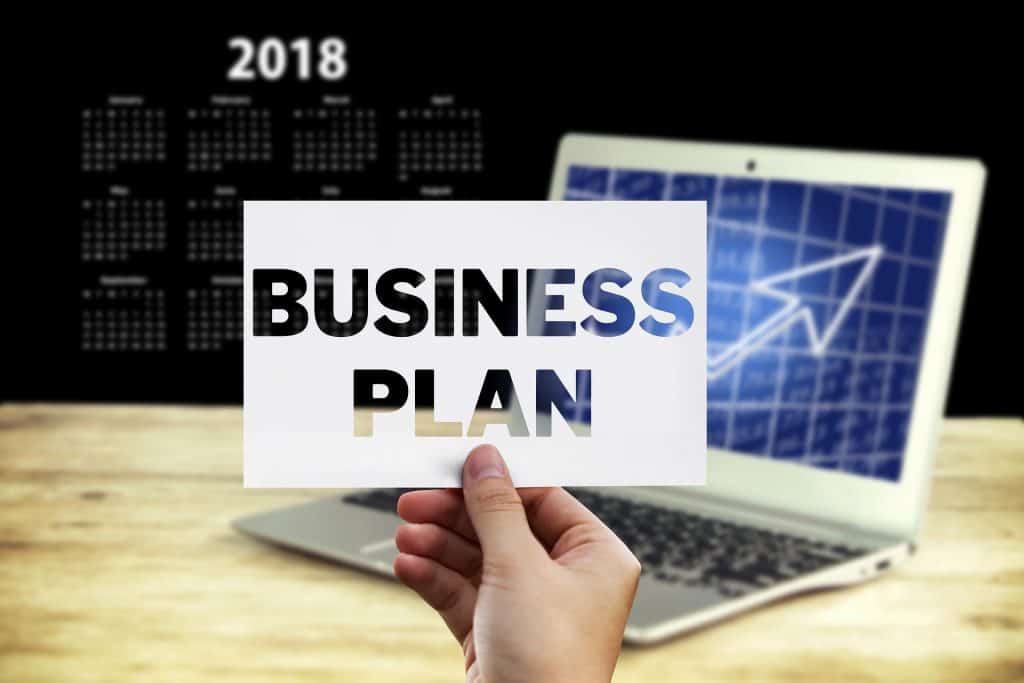
Aligning with Organization Strategic Objective and Value Creation
- HR function needs to have a precise role, strategy, and concrete goals, both long-term and short. This is an excellent way to contribute as a full business partner towards the organization’s sustained success.
- These goals are put into the context of the organization’s vision & values and business strategy. These goals are aligned and integrated with the objectives and goals of other company functions such as Finance, Sales, etc.
- The Roadmap must reflect a dedicated effort towards long-term investment in individuals, including the development of the HR function. Naturally, the yearly investments do take into account the offered value, and improved business outcomes justify sustained investment through the operation of the company and its people.
- Additionally, the Roadmap helps provide the basis for determining the best HR structure, the goals of its team members, and identifying roles that need to be outsourced to optimize the HR service delivery.
Current Pain Points, and what gives you the Maximum Benefits
- An HR health check/HR Audit provides you with a list of issues, which can belong to areas like UX, HR Core, talent, Analytics, etc. or be a mixture of the above.
- The short-term goal is to remove the immediate pain points, which are hampering the development. You can identify these in various ways either by the number of tickets generated in that function, loss of productivity, employee turnover, or lack of user adaptability, amongst others.
- The mid-term plan could be something more tactical, something that can be easily attained and goes nicely with the overall long term objective. An example is executing Workforce Analytics. You can take more than one mid-term program based on requirements and funding.
- While designing short-term and mid-term plans, one should not forget the end goal, i.e., the overall HR Roadmap.
Rationale and the Role of Technology
- Constructing a Roadmap for HR, keeping SuccessFactors in mind, is the right approach. However, it is also vital to understand and map the Roadmap of SuccessFactors as a package as well. SuccessFactors announces its short-term Roadmap, and those need to be kept in mind when planning.
- It is important to note here that if your Payroll and Time are in SAP HR on-prem and are running smoothly, then that is the last thing you want to disturb (core Hybrid could be the way to go here). If it is outsourced, then bringing it to EC Payroll can be considered (same on-prem PY engine but hoasted in the cloud) if it makes sense and adds value to the overall strategy.
- Based on our experience and best practices, Recruitment Execution, Recruitment Marketing, and Onboarding typically go hand in hand.
- Similarly, all talent management modules like PMGM, career, and succession management have dependencies and should go together.
- LMS has lesser dependencies on other modules (one significant dependence could be the competency structure); hence can go anytime depending on your organizational objectives.
- Compensation and variable play can be grouped for synergy, but Compensation can go without Variable pay as well.
- We recommend that you consider the implementation of Employee Central as a significant strategic move towards your complete progress to a SuccessFactors-based-solution. Sometimes it makes more sense to implement EC first and then other modules (pre-packaged integration, out of the box ESS/MSS, standardization of core processes which create a substantial foundation, etc.). Still, again, it depends on your overall objective.
- While deciding which modules should go first depends on the above parameters, another scenario that plays an important role is when an existing legacy product comes for a renewal of the contract. In some cases, it is advisable to use the entire period and then replace the product rather than pulling the plug in-between.
Finally, based on your HR health check/HR Audit discussions and feedback received during assessment sessions, you can devise your HR Roadmap for the future.
In another future blog post, We will cover an essential and unique service that we offer, i.e., “Implementation Pre-Planning (IPP).” We recommend that you take up this service once you have decided to follow an ‘HR Roadmap’ Strategy.
Please reach out to us if you have a question on the blog or would like to know more.
- The employee benefits lifecycle - 04/08/2023
- Why Flexibility, Configurability & Extensibility matter for Benefits Administration? - 02/08/2023
- The communication challenges - 31/07/2023


